Let’s take a minute and talk about what’s behind us, and I do not mean the past. I’m talking about your rear end. The thing that you are probably sitting on right now. Your gluteals, or the muscles in your buttocks can be a great source of power for more efficient running. Using this muscles group to extend your hip while pushing off from the ground can help you to generate more power as you drive yourself forward, ultimately allowing you to run faster. Using your gluteal muscles can also help to prevent a lot of running injuries. Sounds like a good deal, huh? A more efficient stride that is less likely to cause injury.
So, what is good running form?
If you want to know what perfect running form looks like, watch children run. Their bodies are younger, and the stresses of work, life, and the fight between the two has not hit them yet. As they stride forward, notice how they push off from the ground and extend at their hip. That hip extension is crucial for good running form. When we extend our hip and our knee to push off of the ground, we are utilizing the muscles in our thigh (quadriceps), our buttocks (gluteals), and our calves. If one were to remain bent at the hips while running, the muscles in our thighs and our calves would have to do most of the work to push off from the ground.
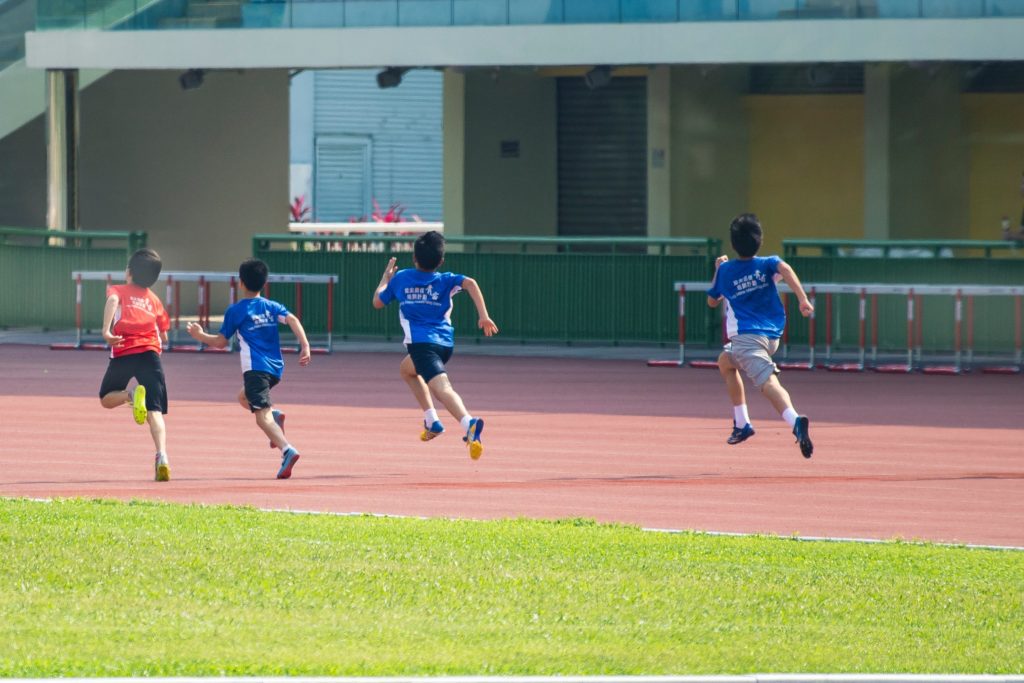
Yes, one can run with their hips bent. I see it all the time. Unfortunately, when running with the hips slightly bent, more pressure is put on the muscles in your thighs and your calves. These two areas end up doing more work than they need to and this can result in knee, calf, Achilles and foot injuries. Also, running without extending at the hips means that we are not taking advantage of our gluteal muscles. These muscles are large and can generate a lot of force. Properly utilizing these muscles can make your running form more efficient, and decrease the chances of developing an injury.
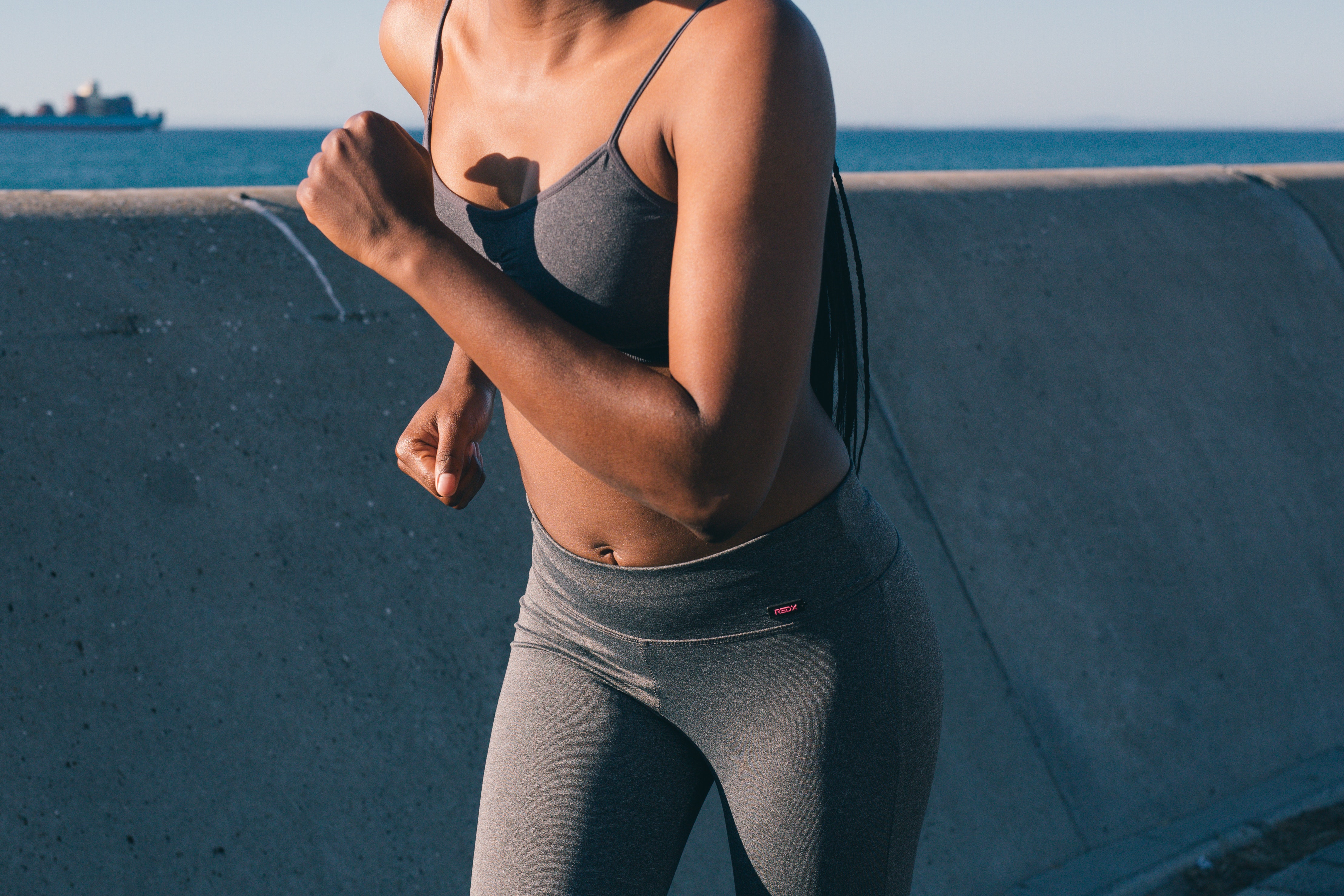
Glutes? What are those?
We have three gluteal muscles. Gluteus maximus, gluteus medius and gluteus minimus. Often times these muscles are affectionately referred to as the glutes. As the name implies, gluteus maximus is the largest of the three. The main job of the gluteus maximus, or glute max is to extend the hip. Gluteus medius and minimus help to abduct the hip (move the leg out to the side). Let’s focus a little more on that hip extension achieved through using glute max.
Running is the art of moving from point A to point B as fast as one can without the help of a machine. For this to happen, ones legs need to help propel them forward. During that takeoff phase of running (when your foot is about to leave the ground), the hip and knee extend and the ankle plantar flexes (ankle points). If the hip were not to extend while running, the muscles at the knee and the ankle would have to work harder to generate the force needed to push one forward.
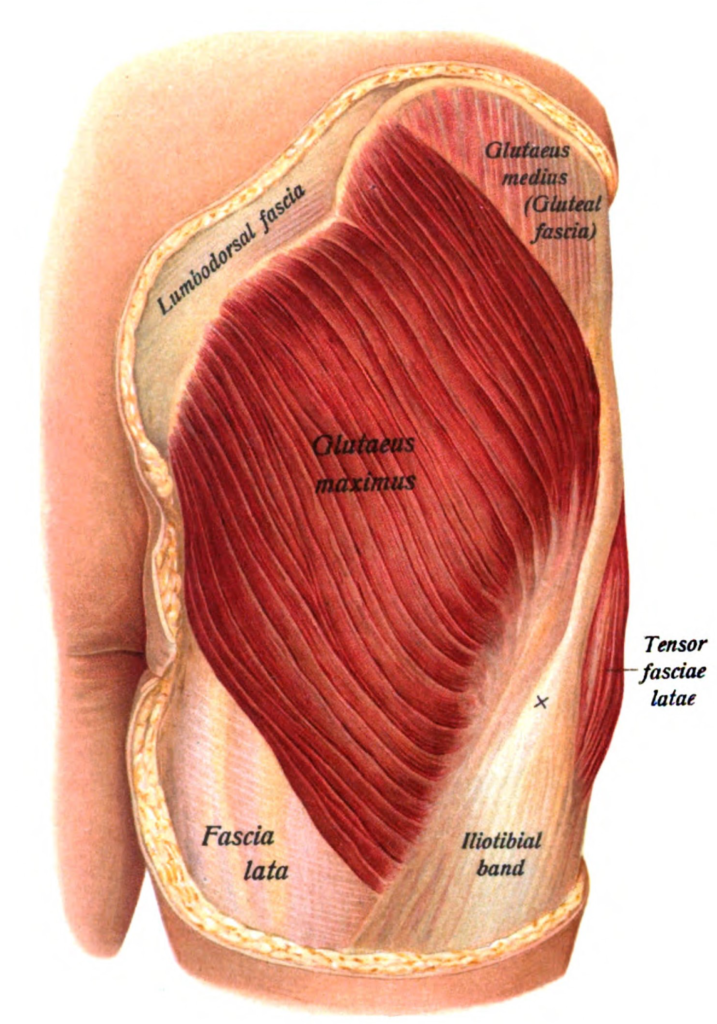
Often times, as we go into adulthood, we lose that good form. Constant pressure on the gluteus maximus can inhibit its function. That means that the muscles do not contract and function the way they should to allow for proper movement. Years of sitting leaves our hip flexors (the muscles in the front of our hips) tight, and our gluteals weak and inhibited. As a result, our running form becomes more bent over. Not being able to achieve that knee extended, hip extended stride while running can lead to various running injuries. Injuries to areas such as the patellar tendon, Achilles tendon, shins and plantar fascia can be avoided by strengthening the gluteus maximus and working with your running form to improve hip extension as one strides forward.
Cool, so how do I activate my glutes? And this hip extension thing while running. How do I do that?
The good news is that through certain exercises, you might be able to undo some of this damage, build strength and flexibility to achieve a better, less injury prone running form.
Skaters: This is a good exercise to start to build awareness of the glutes and how it feels to use the glute max to extend at your hips.
Stand next to a counter or wall, and place one hand on the counter or wall for balance. Place your other hand on your butt. Shift your weight onto the leg that is closest to the counter. Now squeeze the muscles in you butt to extend the hip on the side where you have your hand on your butt. Make sure that you are only extending at your hip and not at your back. It may help to pick a point in front of you and stare at it.
You may notice that your leg does not necessarily go straight behind you, but back at about a 45-degree angle. This has to do with where your glute max attaches on your femur (or thigh bone).
Do 2-3 sets of 12 on one side. Then turn around and do the same on the other side.
Bird dog: I like to use this one with my patients to help them to learn the difference between hip extension and low back extension. Go onto your hands and your knees with your hands under your shoulders and your knees under your hips. Keep your back flat like a table top, and tighten your abdominals (think of pulling your belly button towards your spine, but do not hold your breath). Slide one leg back, and the opposite hand forward so that they each lift off of the floor. Only lift your leg and hand as far as you can without moving your back (you can place your phone a book, or shoe on your back to keep you honest). Repeat on the other side.
Do 2-3 sets of 12 repetitions, alternating sides.
Glutey pigeon: This exercise may have a better name, but I use glutey pigeon. If you are familiar with yoga, the setup is similar to pigeon pose. Sit on the floor with one leg in front of you with the knee bent. Your other leg will be extended behind you. If you are not able to sit on the floor (aka your butt is not on the floor), you can put a pillow, folded blanket, yoga block of foam roller under you. Tuck the back foot under. The action here is squeezing your glutes on the leg that is behind you to lift your knee off of the floor.
Do 2-3 sets of 12 repetitions on each side.
Planks with hip extension: Ahhhh. Good old planks. This time we can add hip extension by lifting one foot off of the floor.
Elbows under your shoulders. Toes tucked. Do not let your hips raise up, or droop down. Keep your glutes squeezed, but do not hold your breath. Now try to lift one foot off of the floor, but keep your knee straight. Hold your leg up for as long as you hold the plank (20 seconds – 1 minute). Then repeat with the other leg.
Running into the wall: This is where you put it all together for good running form. Push off into the wall while using your glutes to extend your hip.
Stand 2-4 feet from the wall (how far away you are may depend on your height). Drive one leg forward towards the wall. At the same time, extend your knee and your hip (by using your glutes) to push yourself into the wall. Keep your hands in front of you and be ready to catch yourself so that you do not face plant into the wall.
Do 2-3 sets of 12 repetitions on each side.
They’re alive!
Now that you have found your gluteal muscles and revived them, try to use them during your run. The next time you go for a run, think of staying upright. Can you keep your glutes slightly squeezed while running? Are they sore the next day?
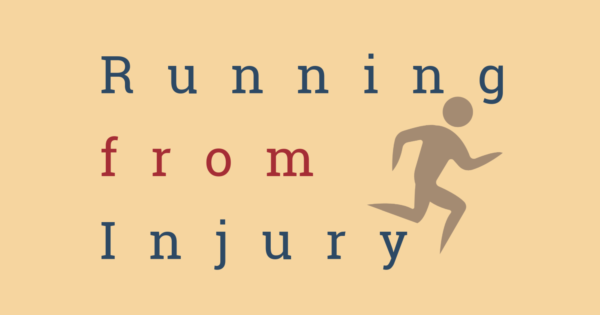
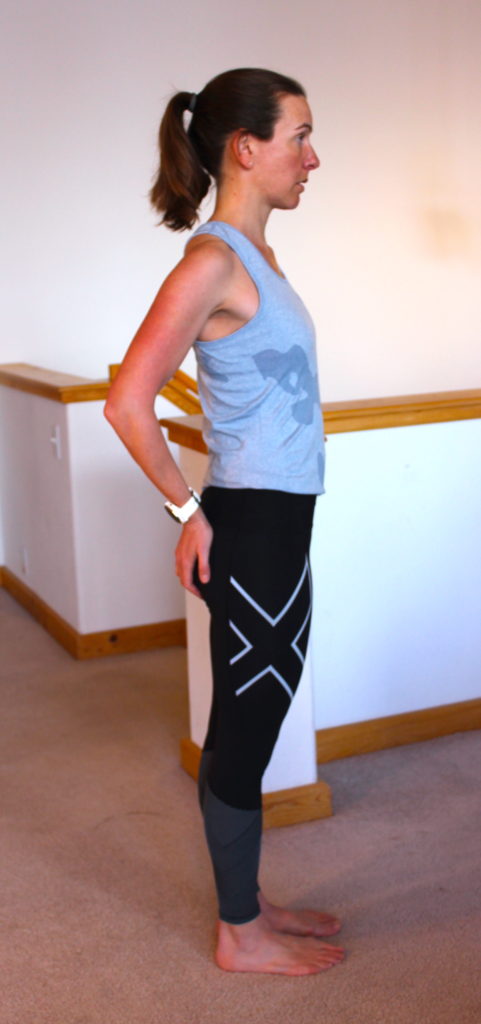
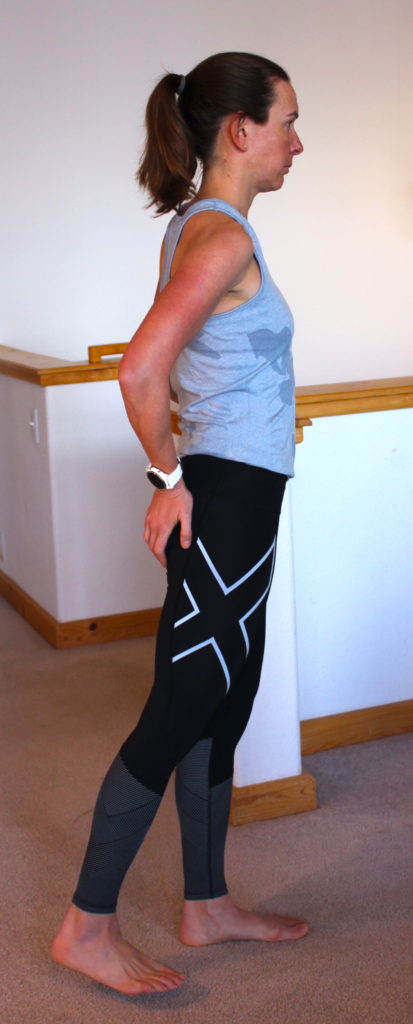
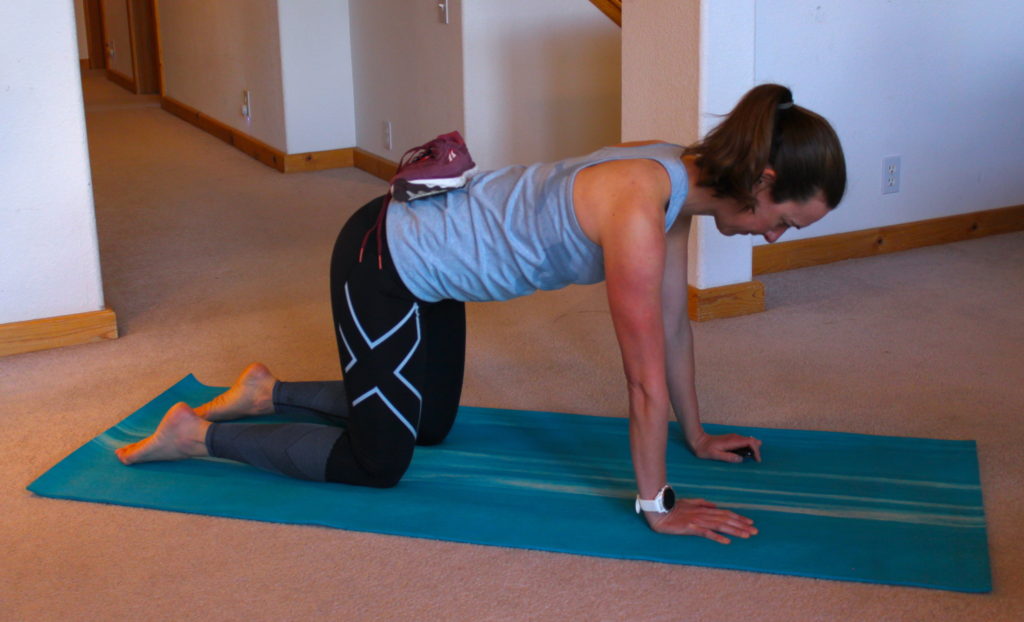
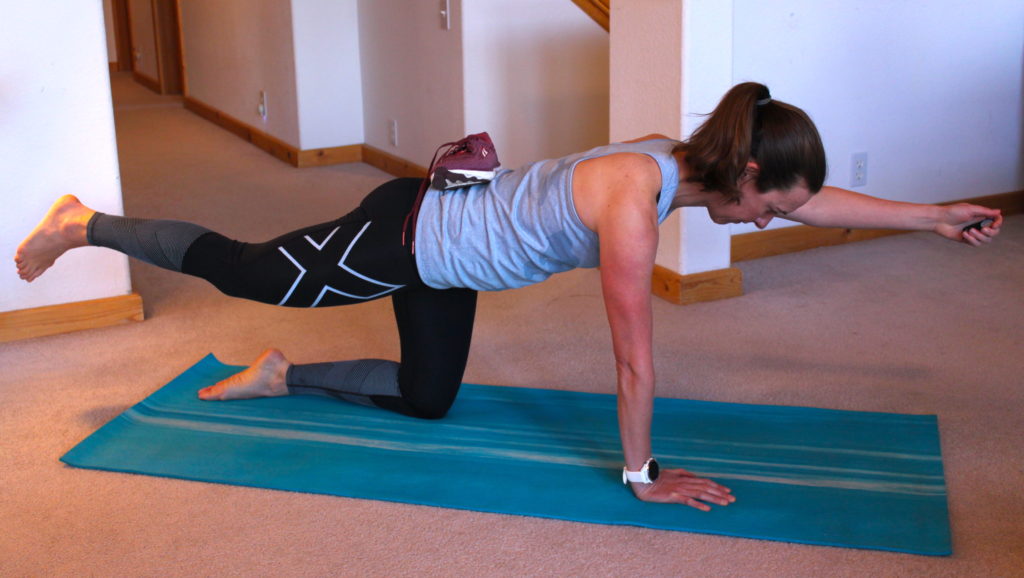
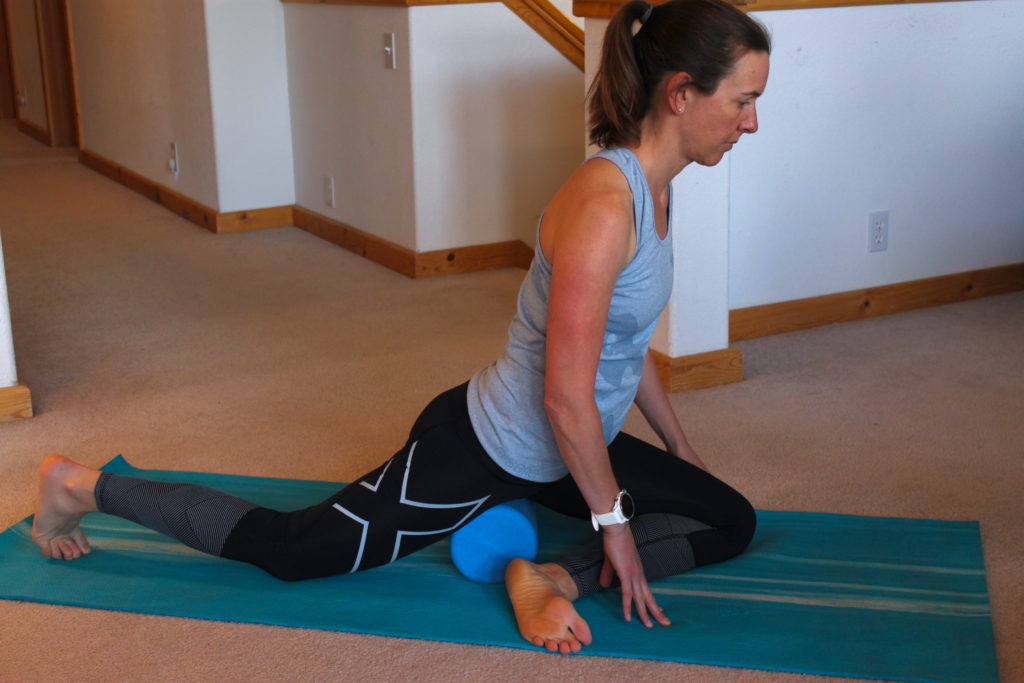
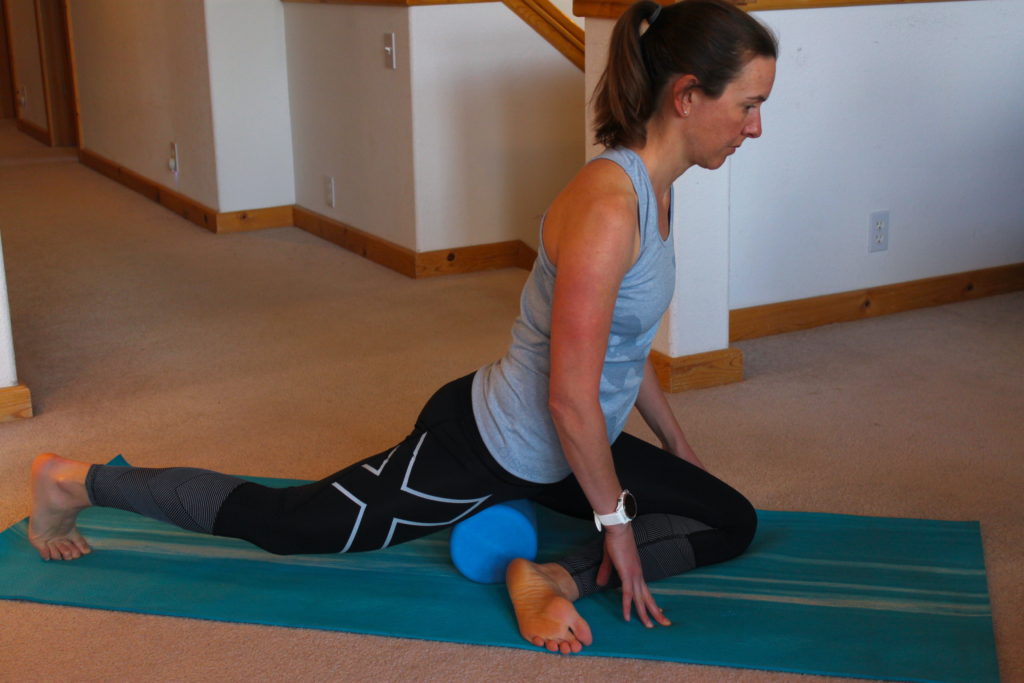
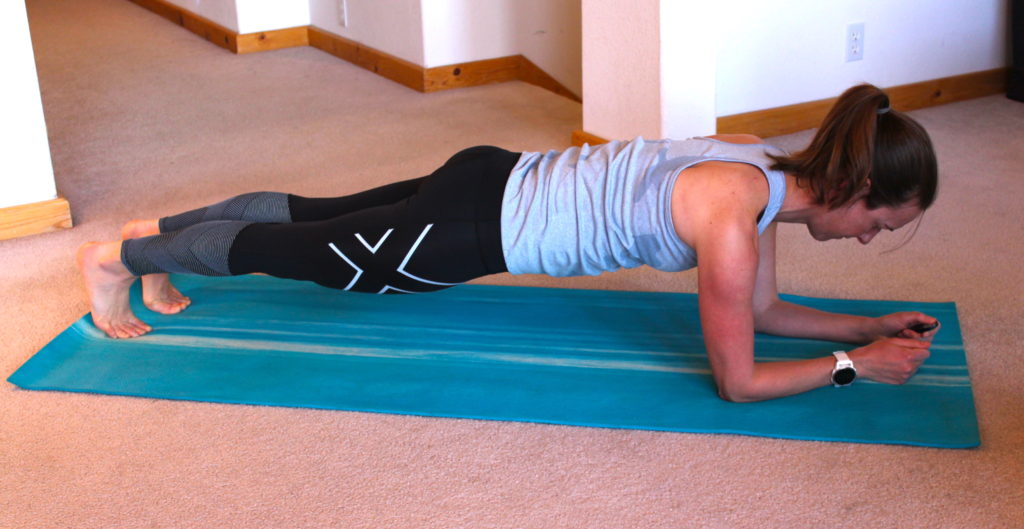
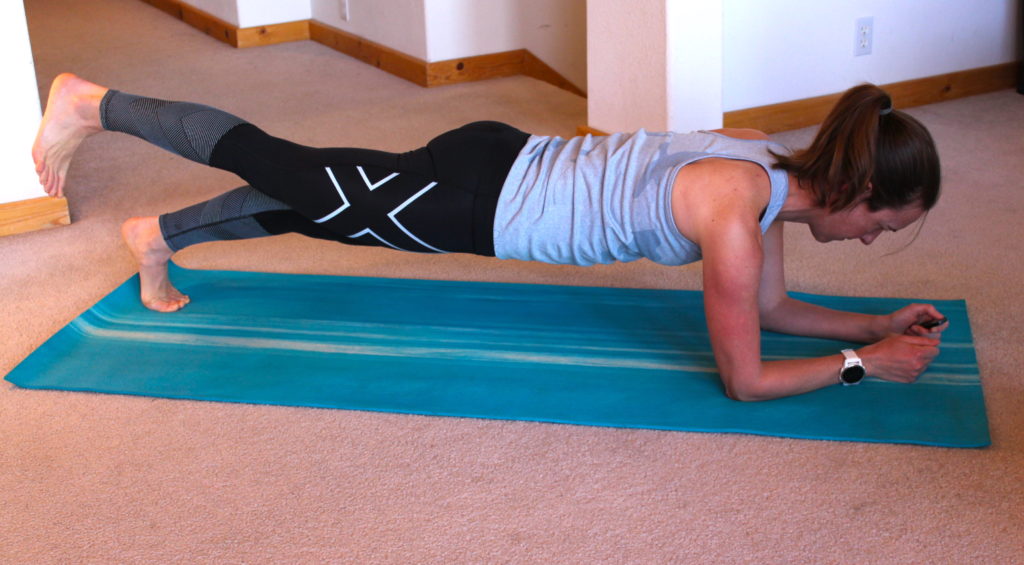
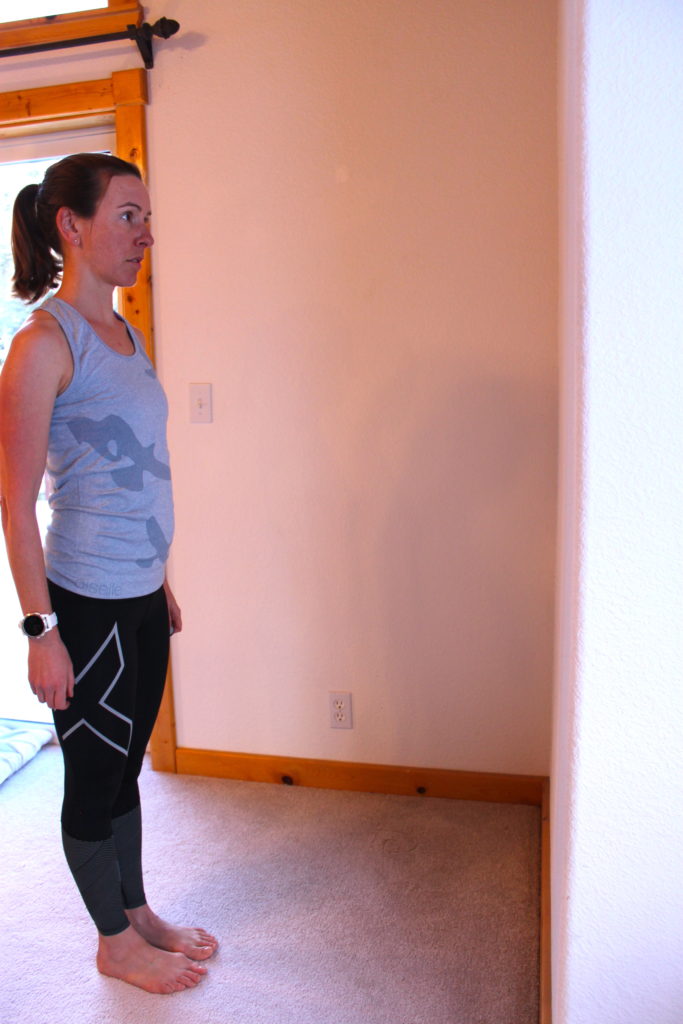
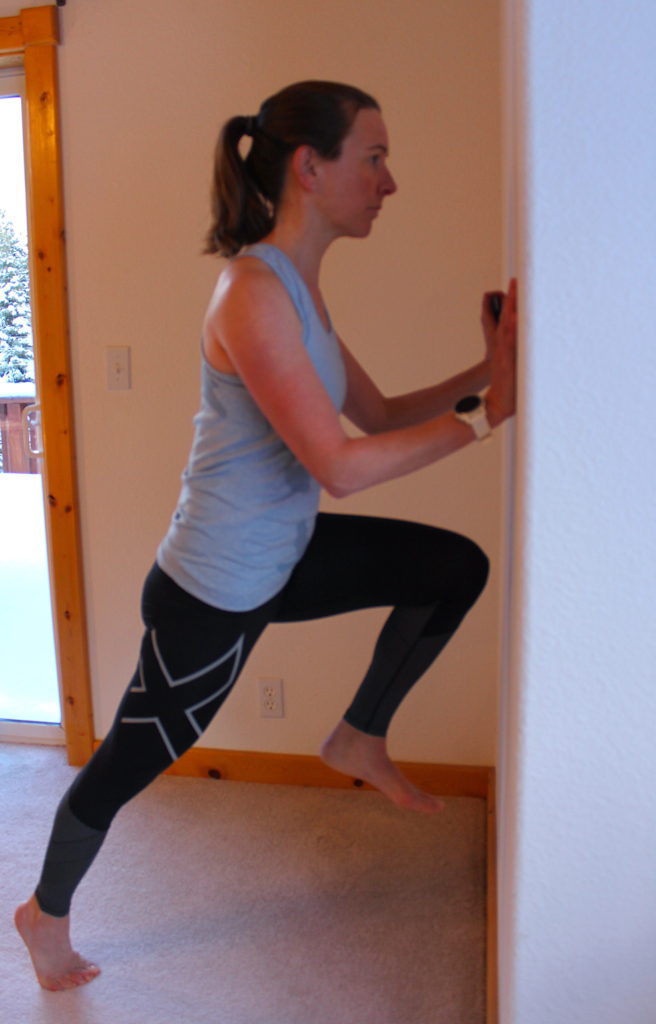
Pingback: Home workstation ergonomics. | Running from Injury